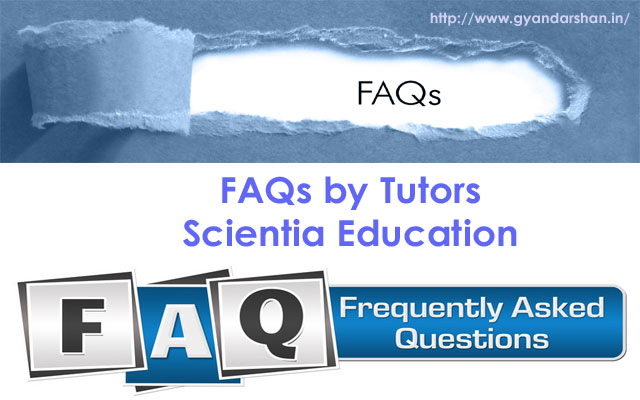MCQ on Junction Transistor
MCQ on Junction Transistor
Q1. The emitter-base junction of a transistor is ………. Biased while the collector-base junction is ………….
- Reverse, Forward
- Reverse, Reverse
- Forward, forward
- Forward, reverse
Answer: (d) Forward, reverse
Q2: A NPN transistor conducts when
- Both collector and emitter are positive with respect to the base
- Collector is positive and the emitter is negative with respect to the base
- Collector is positive and the emitter is at the same potential as the base
- Both collector and emitter are negative with respect to the base
Answer: (b) Collector is positive and the emitter is negative with respect to the base
Q3: Which of the following is true
- Common base transistor is commonly used because the current gain is maximum
- Common emitter is commonly used because the current gain is maximum
- Common collector is commonly used because the current gain is maximum
- Common emitter is the least used transistor
Answer: (b) Common emitter is commonly used because the current gain is maximum
Q4: For a common base configuration of PNP transistor Ic/IE = 0.98 then the maximum current gain in common emitter configuration will be
- 12
- 24
- 6
- 5
Answer: (b) 24
Q5: In a PNP transistor working as a common-base amplifier, the current gain is 0.96 and emitter current is 7.2 mA. The base current is
- 0.4 mA
- 0.2 mA
- 0.29 mA
- 0.35 mA
Answer: (c) 0.29 mA
Q6: Which is the least doped region in a transistor?
- Either emitter or collector
- Base
- Emitter
- Collector
Answer: (b) Base
Q7: The transistors provide good power amplification when they are used in
- Common collector configuration
- Common emitter configuration
- Common base configuration
- None of these
Answer: (b) Common emitter configuration
Q8: For a transistor the parameter b= 99. The value of the parameter is a is
- 0.9
- 0.99
- 1
- 9
Answer: (b) 0.99
Q9: A transistor is used in common emitter mode as an amplifier. Then
- The base-emitter junction will be forward biased
- The input signal is connected in series with the voltage applied to the base-emitter junction
- The base-emitter junction will be reversed biased
- The voltage applied to bias the base-collector junction and the input signal is connected in series
Answer: (b) The input signal is connected in series with the voltage applied to the base-emitter junction
Q10: In a PNP transistor the base is the N-region. Its width relative to the P-region is
- Smaller
- Larger
- Same
- Not related
Answer: (a) Smaller




